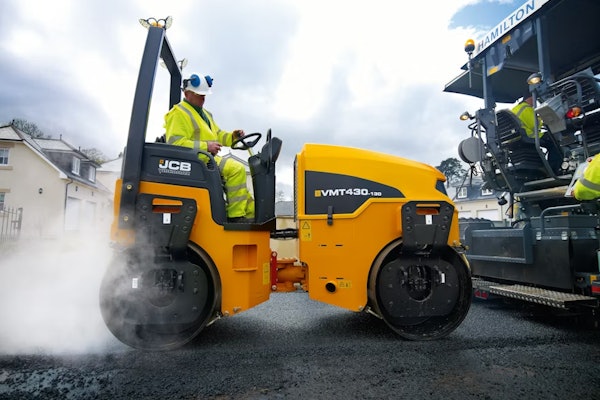“On several occasions, I have had the opportunity to use the One Call system prior to digging and have found it very useful. But there is no One Call system after a line is broken. I have found utilities marked incorrectly, or instead of one line, there were two.”
“I have worked with One Call systems for more than 20 years and have found it to be a case of ‘them’ and ‘us.’ ‘Them’ are the public and private utilities; ‘us’ is the contractor. The emphasis always seems to be on how high the penalties can be raised whenever … the underground utilities are in some way damaged.”
These were the comments from two contractors who wrote me 11 years ago after my editorial on the failure of Congress to enact a national One Call system. When you compare them to the more than 150 comments generated by our July survey on damage prevention (survey results are on page 49), you could make the immediate conclusion that little has changed in the intervening years.
You’d be wrong.
In fact, two significant moves forward have taken place. The first is the let’s-all-meet-at-the-table effort of the Common Ground Alliance. The second is the establishment this year of the 811 national One Call line, expected to be fully operational within 18 months.
By now you should have heard of the Common Ground Alliance, an aptly named group that got everyone – utilities, contractors, One Call centers, engineers, locators, etc. – working under the slogan “damage prevention is a shared responsibility.” This all-volunteer organization has now produced two editions of its Best Practices, the latest in December 2004. (Tip: The chapter “Excavation Best Practices” gives you an eight-page reference guide on what’s currently considered the correct way to dig damage-free.)
Perhaps one of the most interesting items to come out of the CGA is DIRT, which stands for Data Information Reporting Tool. With an underlying goal of gaining a better understanding of how and why damages occur, plus gauging the effectiveness of damage prevention efforts, CGA is now sifting through 20,000 records to produce a report on last year’s damages. It should be fascinating – if not upsetting – reading.
CGA was also one of the organizations that pushed the 811 number, and now has committee members working to facilitate its establishment in each state and utility. There’s no flipping a magic switch in any of this: Some utilities still haven’t joined their local One Call system, much less gotten involved in a national one.
This is not to say there’s still not plenty of frustration out there (and read Tom Jackson’s suggestions for addressing some of these on page 152). You’ve told us about being put on phone-hold hell by One Call centers, dealing with mismarked utilities and being the only player on the jobsite threatened with monetary penalties if there’s a damage. We know the challenges are a long way from being fixed. But the road to making utility locates a minor irritant has become shorter. And until we can truly see through dirt, these efforts will make us all safer.










